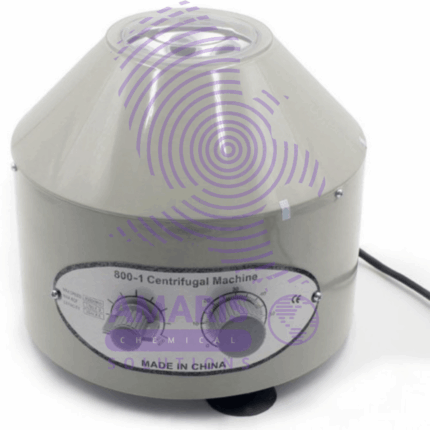
centrifudge electrical
$7,000.00 Original price was: $7,000.00.$6,500.00Current price is: $6,500.00.
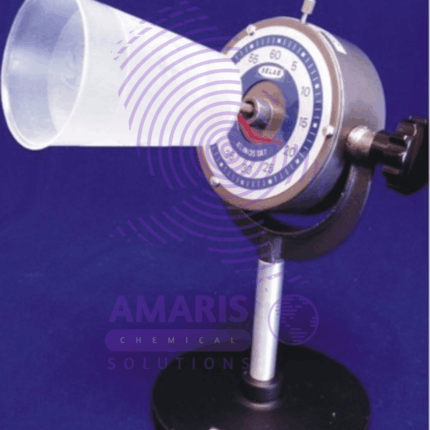
clinostat clock type
$4,000.00 Original price was: $4,000.00.$3,500.00Current price is: $3,500.00.
Clear laboratory reagent bottles
Rated 5.00 out of 5 based on 5 customer ratings
(6 customer reviews)
$900.00 Original price was: $900.00.$850.00Current price is: $850.00.
Whatsapp Order
Clear Laboratory Reagent Bottles
These are typically made of glass or plastic and are used to store and transport various chemicals, solvents, acids, bases, and other laboratory reagents. These bottles are designed to be transparent to allow easy visibility of the contents and often come with a screw cap or stopper to seal the contents securely. They are available in various sizes to accommodate different quantities of reagents and may feature wide-mouth or narrow-mouth designs depending on the intended use. Proper labeling and handling procedures are essential to ensure the safe storage and use of reagents in these bottles.
SKU:
ACS31931CHEM0
Category: Special Laboratory Equipment
Description
Clear Laboratory Reagent Bottles
- Storage: They are used to store various chemicals, solvents, acids, bases, and other reagents. The clear design allows easy identification of the contents.
- Transportation: Reagent bottles are often used to transport reagents between different laboratory areas or even between different laboratories.
- Dispensing: Some reagent bottles come with dropper caps or dispensing pumps, allowing controlled and precise dispensing of liquids.
- Sample Collection: They can be used for collecting and storing samples for analysis or experimentation.
- Mixing and Dilution: Reagents can be mixed or diluted directly within these bottles, allowing for easy preparation of solutions.
- Safety: Properly labeled reagent bottles help ensure that hazardous chemicals are stored safely and handled correctly, reducing the risk of accidents or exposure.
- Long-Term Storage: Certain reagents need to be stored for extended periods, and these bottles provide a suitable container for such purposes, protecting the reagents from contamination or degradation.
- Experimental Setup: Reagent bottles can be incorporated into experimental setups for various laboratory procedures, such as titrations, chromatography, and cell culture.
Reviews (6)
6 reviews for Clear laboratory reagent bottles
Add a review Cancel reply
Related products
Aspirator Bottle Glass
A laboratory aspirator glass bottle, also known as a vacuum aspirator bottle or a vacuum filtration flask, is a specialized glass container used in scientific laboratories for various applications. It is designed to create a vacuum or negative pressure, which allows the filtration of liquids through a porous medium like a filter paper or a membrane.
The bottle typically has a conical or pear-shaped body with a sidearm or neck near the top. This neck is where a rubber or silicone stopper is inserted, allowing for the attachment of tubing or a hose to connect to a vacuum source or water aspirator. (Available in 2.5l,5l,10l,)
Laboratory aspirator glass bottles are commonly used in vacuum filtration processes to separate a solid precipitate from a liquid solution. When connected to a vacuum source, the air inside the bottle is removed, creating a pressure difference that draws the liquid through the filter, leaving the solid behind on the filter paper.
These bottles come in various sizes to accommodate different filtration needs and are an essential tool in many research, analytical, and quality control laboratories for tasks like separating particulate matter, sterilizing solutions, and performing various filtration techniques. They are often made of durable borosilicate glass to withstand the pressure changes and chemical interactions that may occur during laboratory operations.
Atomic Model Set
$0.01
A lab atomic model set is a collection of physical models and materials designed to represent the structure of atoms and molecules. It is commonly used in educational and scientific laboratory settings to visually demonstrate the arrangement of protons, neutrons, and electrons within an atom, as well as the bonding patterns between atoms in molecules. These sets typically include colored balls of various sizes representing different types of atoms, as well as connectors or magnets to simulate chemical bonds between them. The purpose of these sets is to help students and researchers better understand the principles of atomic and molecular structure in a tangible and interactive way.
Balance Bathroom Scale
$0.01
Barlows wheel apparatus
$0.01
The Barlow's wheel apparatus is an experimental device used to demonstrate the conversion of electrical energy into mechanical energy through electromagnetic principles. It consists of a horizontal wheel or disk with radial metal spokes attached to its center. The wheel is mounted on an axle, allowing it to rotate freely.
beaker pyrex
A glass beaker is a cylindrical, open-top container made of glass, typically with graduated volume markings on its side. It is commonly used in laboratories for holding, mixing, and heating liquids, as well as for performing various experiments and chemical reactions. Glass beakers come in various sizes and are designed to provide easy observation of the contents and to withstand temperature changes without significant deformation or chemical interaction with the substances being used.
bell in vacuum
$0.01
A "bell in vacuum" apparatus is a scientific setup used to demonstrate the effects of reduced air pressure (vacuum) on sound transmission. It typically consists of a bell or sound-producing object enclosed within a sealed chamber from which air has been removed, creating a low-pressure environment. This apparatus is designed to illustrate how sound travels differently in a vacuum compared to in normal atmospheric conditions, highlighting the role of air molecules in sound propagation.
Blotting paper
$0.01
Blotting paper is a highly absorbent and thin sheet of paper, typically made from materials like cotton, linen, or other plant fibers. It is designed to quickly absorb excess liquids, such as ink, oil, or moisture, from various surfaces without smudging or smearing the substances. Blotting paper is commonly used to remove excess ink from a freshly written page, absorb oil from the skin without disturbing makeup, or dry wet items. It is often found in office settings, art studios, and cosmetic applications due to its efficient absorption properties.

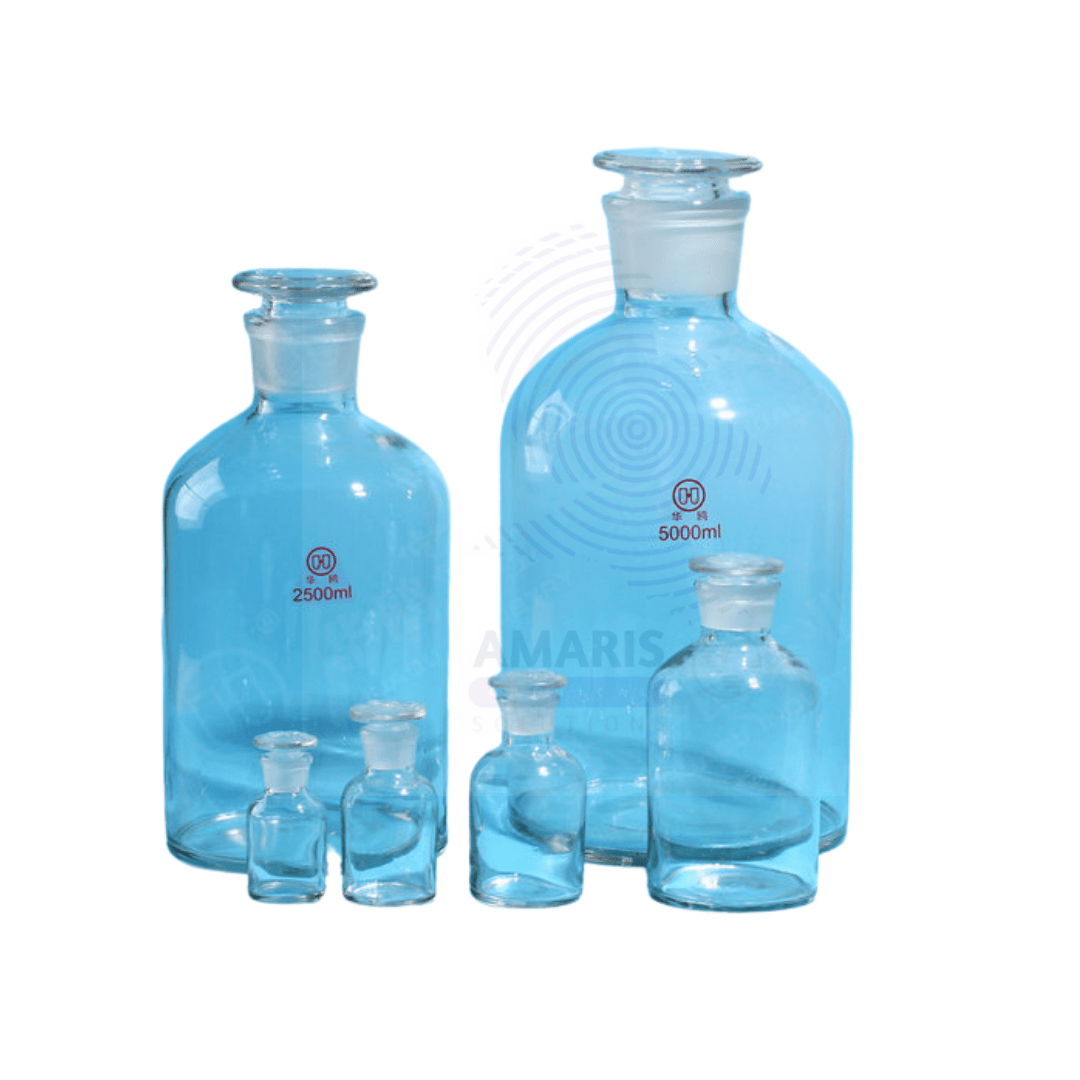

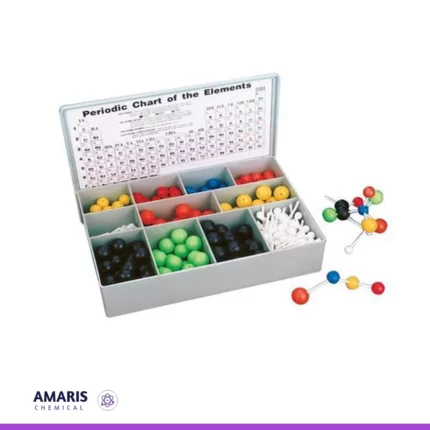
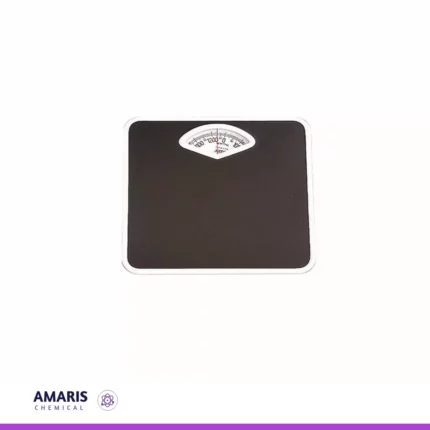


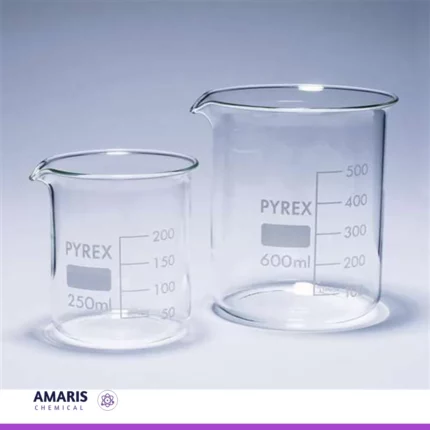















Kimani –
Very satisfied with this reagent bottle. It’s sturdy, easy to label, and the clear glass is ideal for viewing the reagents inside. Highly recommended for any lab.
Swift –
I’ve used clear laboratory reagent bottles, and they offer practicality and reliability for storing and dispensing various chemicals and solutions.
Simon Goop –
Excellent results
Queency –
Will never doubt their effectiveness again.
Annette Debra –
The reagent bottles are so good
Elowen –
Allows for easy observation of chemical reaction